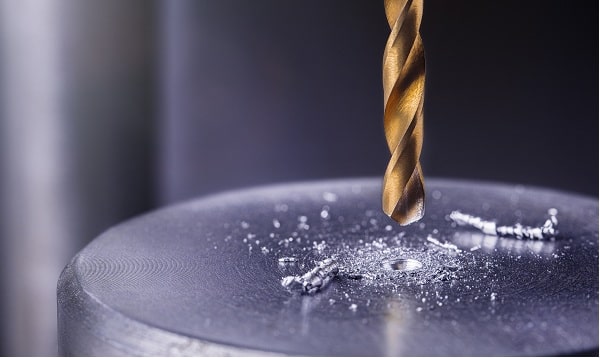Computer Numerical Control (CNC) is a process that utilizes a computer system to manufacture your desired products. The process goes like this: first, a computer system will direct a CNC machine on the direction and type of precision to make to achieve your design. The machine does what it’s ordered and you can enjoy the end result you’re striving for.
With the many CNC products available, you might be wondering which is which and what is used where. This feature will enlighten you on the different CNC machine types there are out there. Continue reading to learn more.
-
CNC Plasma Cutting Machine
Production plants adopt the use of CNC plasma cutting machines to cut through metal using a plasma torch-like device. However, it’s good to note that this method works best on electrically conductive metals, such as brass and aluminum. The plasma is emitted at extremely high temperatures, increasing its effectiveness.
Based on its astounding features, CNC plasma cutting machines are believed to have been adopted in a myriad of industries: from the automobile to the steel construction industry to produce high-quality goods. Click here for aerospace cnc machining solutions you might require for your business.
-
CNC Router
A CNC router is mainly used to shape different materials into your desired design. This machining only works when the material in question is of soft material. It also executes work much faster than its counterparts, such as CNC milling. Nonetheless, it’s good to note that it doesn’t offer much precision in the final product. It’s said that a few measurements might be lost here and there during the production process.

-
CNC Water Jet Cutting Apparatus
Would you ever imagine water cutting through metal? However much impossible it may seem, it’s a technology that’s already in use.
A CNC water jet cutting machine will jet out water at very high pressures to cut through materials such as plastic and its other derivatives. Nevertheless, it’s not commonly used on hard metals since it’d be ineffective and will take forever to produce viable goods. To enhance its cutting capabilities, additives like aluminum oxide are added to the water.
The abovementioned method is mainly used on sensitive materials that are likely to get damaged if processed under high temperatures like aluminum. Although it has amazing cutting capabilities, it’s very slow that it’ll take you some time to complete tasks at hand with a CNC water jetting machine.
-
CNC Electrical Discharge Machine
The electrical discharge machine works by using sparks to cut metal. This is made possible since the sparks are produced at high temperatures, allowing easy cutting through metals. This method is mainly preferred to shape metallic materials to suit your design.
The upside of using CNC electrical discharge machines is that they give very high levels of precision. Errors are reduced to the bare minimum, ensuring the high quality of the final products. Further, it’s believed that they won’t need further manipulation to meet your design standards.
-
CNC Lathe Machine
Most manufacturers use a lathe machine to produce flat or circular-shaped designs. It’s quite efficient in executing small and simple jobs. This machining method turns the material placed on it around to ensure you get your pre-programmed computer design. A blade is fixed at its end, which is responsible for achieving your desired diameter size.
A CNC lathe machine is mainly used to manufacture cylindrical products, such as screws and bolts. One clear advantage of employing such a piece of equipment is that it’s portable, allowing you to carry it around easily.
Known for their ability to promote business profits, some of the best tools for utilization are:
-
Drill Bits
Just as their name suggests, drill bits make holes through surfaces by drilling into a material. These drills aren’t smooth-surfaced; they have rough, spiral flutes on them that are responsible for the hole-making process. These bits are rotated through the given material, which ‘eats it away’ to get your desired product.
Drill bits come in various sizes, often by the diameter and design of holes they make. The most commonly used in CNC machining is a boring machine bit.
-
Reamers
Reamers are used jointly with drill bits, where a high level of precision is desired.
For most drill bits, they’ll make holes that have extra inches here and there. This isn’t desirable, especially when making highly-sensitive products wherein lack of precision might lead to equipment dysfunction.
You first need to drill your desired hole up to a considerable diameter. Now use the reamer to achieve the desired hole diameter. This way, your hole won’t be oversized.
-
Slab Mill
A slab mill is a machine-cutting tool mostly used for flat surfaces. You need to place the flat surface parallel to the slab mill for effective results. They have teeth on their edge to enable the cutting.
-
Thread Mill
Manufacturers use a thread mill to create holes that have threads on their sides. This can be internal or external. These holes are the ones to be fitted with threaded screws or bolts.
The benefit of the thread mill is that it can be used on hard metals and still produce quality results.
Conclusion
As seen above, there are different types of CNC processes that aid production management, including tools used for effective CNC machining. Your choice of a CNC machining type should be based on what you want to use it for, your intended product, and the like.




























